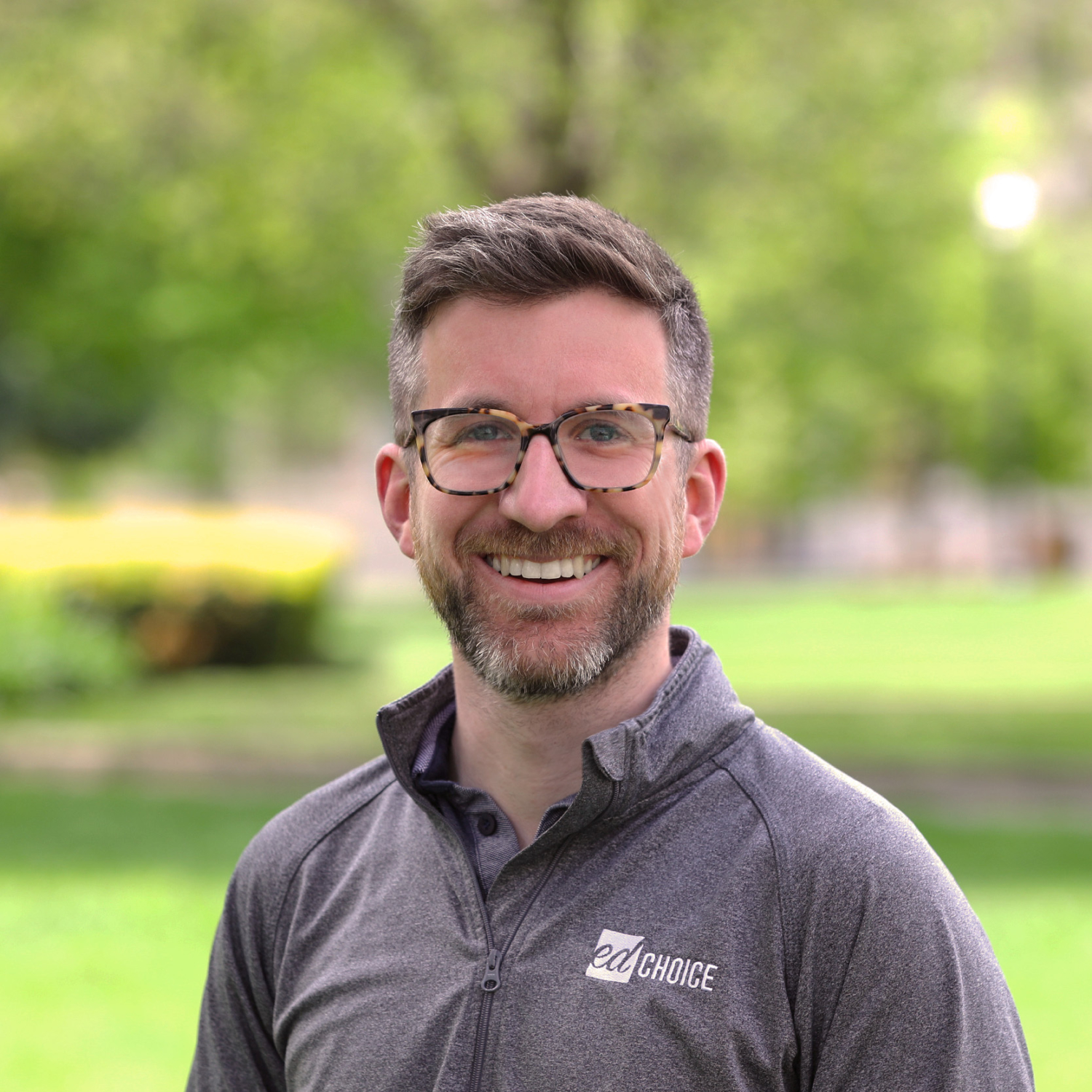Private School Regulations You Probably Didn’t Know About
Recently, my colleagues and I at EdChoice published The School Starter Checklist, a compendium of the regulations governing private schools in all 50 states and the District of Columbia.
Many of the regulations that we document are perfectly reasonable. Expectations, for example, that schools ensure that their facilities are not riddled with asbestos, or that their bus drivers have the appropriate licenses, or that their teachers pass background checks are all appropriate to keep children safe.
There are also some regulations that are borderline. For example, the requirement in states like Iowa that private school teachers be licensed. A recent working paper that looked at teachers in Massachusetts that taught on an emergency license (which only requires a bachelor’s degree and not all of the other hoops that licensed teachers have to jump through) found that these teachers “were largely rated as proficient (82%) in their performance evaluation ratings” and “had similar measures of student test score growth as their traditionally licensed peers.” This is not the first study to find such results. As it turns out, licensure is not the form of quality control that many think it is. Private school teachers probably don’t need it.
And then there are some that are just wacky. Here are a few examples:
- In California, “persons in charge of private schools may not allow any cup or glass to be used in common for drinking purposes.” I didn’t realize this was a problem, and to my knowledge is not regulated in any other state, but there you go.
- In Texas, “parochial and private schools are expected to observe Texas Week the week of March 2.” I’m as big of a fan of Texas Week as anyone who also just learned of its existence, but I didn’t realize it was so important as to be mandatory.
- In Vermont, “independent schools must annually conduct exercises in commemoration of the birth, life, and services of Abraham Lincoln on the last school day before February 12.” This is like Texas Week, but even more specific!
- In South Dakota, “the number of hours in the school term for kindergarten may be no less than 437.5 hours, for grades one through five may be no less than 875 hours, and for grades six through 12 may not be less than 962.5 hours, exclusive of intermissions. An intermission is the time when pupils are at recess or lunch.” Those final half hours must be very important. And, as anyone who has children still in school will tell you, those last few “instructional” hours before the summer break should hardly count for anything.
- In Utah, “private school students who participate in industrial education, physics laboratory, and chemistry laboratory activities that may endanger one’s vision, must wear quality eye protective devices.” Not entirely unreasonable but given that Utah is the only state to require it and we don’t have a mass blinding of science students in the other 49 states, it probably doesn’t need to be directly regulated.
- In Michigan, “private school students entering kindergarten must submit evidence of a preschool vision screening test prior to enrollment unless the parents/guardians submit a statement that the test is contrary to their religious convictions.” Again, not unreasonable at face value, but Michigan is the only state that requires this, and it doesn’t appear to be a problem anywhere else. It seems more like an administrative hurdle than something to help students.
- In California (again), “Private schools must maintain for one year a record of the school bus safety instruction provided by the school. The record must indicate the name and location of school, date of instruction, supervising adults, number of participating students, grade levels, subjects covered, time taken for instruction, bus driver’s name, and bus number.” Seems a bit excessive, no?
And these are just the outliers. There other cases, like in Massachusetts, where local school committees approve private schools (talk about the fox guarding the hen house!), and South Dakota, that requires that “Character instruction must be given in all nonpublic elementary and secondary schools on ‘the importance of citizenship, patriotism, honesty, self-discipline, self-respect, sexual abstinence, respect for the contributions of minority and ethnic groups to the heritage of South Dakota, regard for the elderly, and respect for authority.’” Just about everyone could find at least one thing in there that they’re not crazy about, if we can even come to good shared definitions of what each of those deeply contested ideas mean.
Many states, like Alabama, state that “each course, the curriculum, and instruction provided by each private school shall be consistent in quality and content with similar public school programs and standards established for specific programs by the Department and/or appropriate accrediting agency.” To be clear, on the 2022 NAEP exams, 47% of Alabama eighth graders scored below basic in math and 39% scored below basic in reading, so saying that private schools are consistent in quality to public schools is not exactly the highest bar.
When you study regulations long enough, you learn that each probably had a perfectly good reason for being drafted. Maybe there was a private school student in Utah who was maimed by chemicals in his or her eyes, or a disease outbreak from a shared California cup. Perhaps young people in Vermont were forgetting who Abraham Lincoln was. In isolation, they don’t look like a big deal, a form to fill out here, a procedure to draft there. But no raindrop thinks it is responsible for the flood.
Taken together, many of these regulations put undue burdens on schools, eating into valuable time for teachers and administrators that could be better served educating students. Others clearly create needless paperwork barriers for new schools to start. A thorough review is probably in order.




